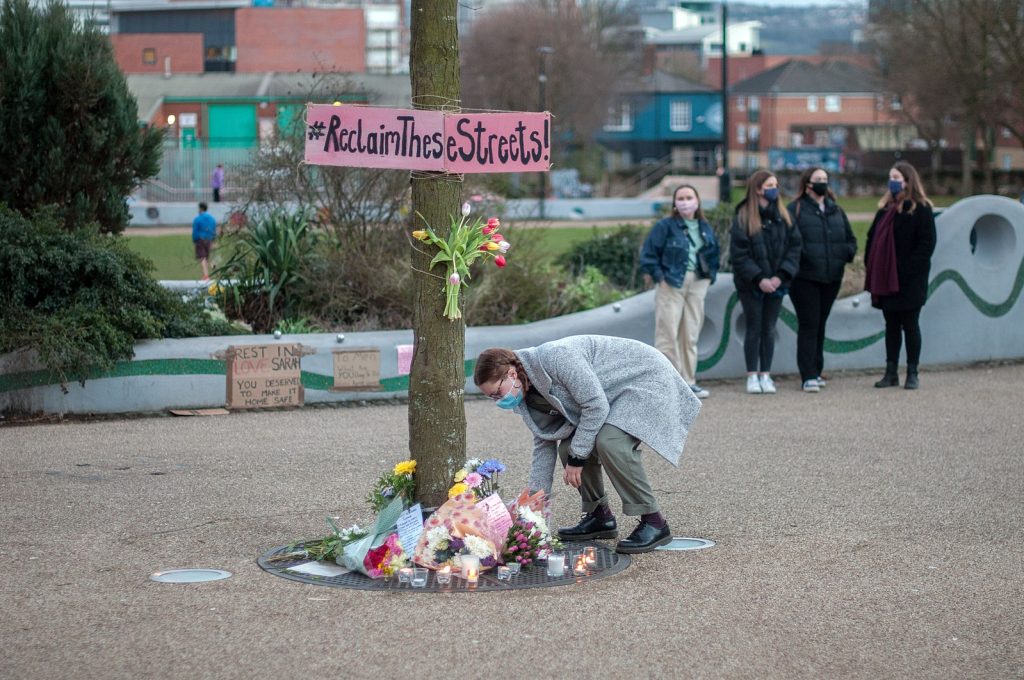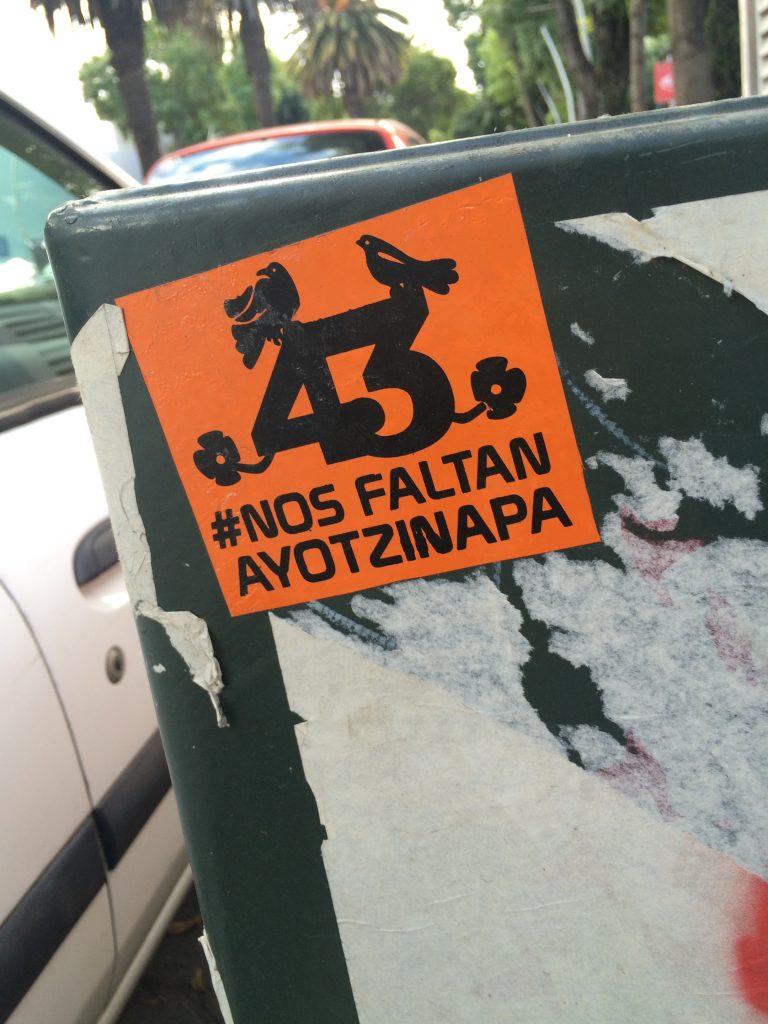
Niamh Thornton, co-editor of Legacies of the Past explores the changing role of the victim in discussions of violence.
A change of focus towards the victim
A shift is taking place in whose stories are told. It has been a long time coming, uneven in its development, and takes different shapes depending on the place and form of its emergence. There have been forward and backward steps. The success of the podcast series “Missing and Murdered” by the Cree journalist from Saskatchewan, Connie Walker, is an example of this refocusing of attention away from the perpetrator to the missing, wounded, and murdered and a move towards including the voices of their loved ones who are living with the trauma of having suffered loss and have struggled to see justice served.
On a recent episode of the BBC Radio 4 magazine programme, Loose Ends, the Liverpool actor David Morrissey asked the Scottish crime writer, Chris Brookmyre, about the trope of the murdered woman and whether anything has shifted in his thinking as a result of recent discussions around male violence. The debates Morrissey is alluding to have been taking place because of the attention given to the murder of Sarah Everard, a high-profile case in the UK for which a police officer has been charged. I’ve listened to the clip several times and can hear the discomfort in Brookmyre’s voice and his shift to talking about his latest novel, The Cut (2021), which has a 72-year-old female character. I was struck by this conversation because I am interested in who is being centred in these stories about the fallen, the wounded, the murdered and disappeared. It is also a conversation between men about violence against women.

Refocussing, agency & fault
Morrissey’s question is an instance of a different type of conversation that inches towards what the Irish writer, Anne Enright, calls for in her response to the same debate. In her short piece for The Guardian Enright is focused on the language used to describe violence against women which means that, “Men do not just disappear in court, they disappear from the discussion, they disappear from the language we use. Rape is described as ‘a women’s issue’. We speak of ‘women’s safety concerns’, not ‘concerns about men’s violence’.” She is demanding a different way of describing the victim and perpetrator and for men to start having the conversation, “If I were a man, I might want to put myself back into the discussion, I might want to do a reality check.”
Enright talks about male agency in these crimes and in who carries the burden of discussing assaults and violence against women. Some of the fault for this lies with the structural issues and the criminal systems that have placed a heavy burden of proof on the victim. Some of the fault lies with the reproduction and framing in literature, film, and non-fiction outputs of this violence and the repeated emphasis on the perpetrator.
Finding the victim: disappearances in the Americas

The move towards thinking more about the victim has long been a quest of the families of the disappeared across the Americas. These may well be the Canadian family of Cleo in “Missing and Murdered”, the mothers holding photographs of their children in the Plaza de Mayo in Buenos Aires, or the rich description of the missing in Ayotzinapa by Elena Poniatowska in Mexico. The struggle has been long and, like recovery from trauma, is frustratingly non-linear. But, the irruption of the discussion into the public sphere and the realm of general conversation is a result of an insistence, a repetition of a ritual of naming the lost, of demanding justice and persisting against all odds.
In the actions of the families of the victims and those who stand in solidarity and support is a stubbornness that the Mexican writer and academic, Cristina Rivera Garza, calls for when she says, “we don’t need hope, we need tenacity. We need to insist. We need to never take our finger from the pulse. […] Let’s not be optimistic. There’s no reason to be. But, let’s always, always be stubborn” (2020, 166-167). Stubbornness, tenacity, and insistence have been at the heart of the attempts to re-imagine who is centred and it is something we will need as we continue to think about whose stories are given attention.
Bibliography
Rivera Garza, Cristina (2020) The Restless Dead: Necrowriting and Disappropriation, translated by Robin Myers, Nashville: Vanderbilt University Press.
About the author

Niamh Thornton is Reader in Latin American Studies at the University of Liverpool. She is a specialist in Mexican Film, Literature, and Digital Cultures with a particular focus on War Stories, Gendered Narratives, Star Studies, Cultures of Taste, and Distributed Content. Her key research interest is in the multiple representations of conflict in literature and film. She has published extensively, recently co-editing with Miriam Haddu Legacies of the Past: Memory and Trauma in Mexican Visual and Screen Cultures (EUP, 2020).





